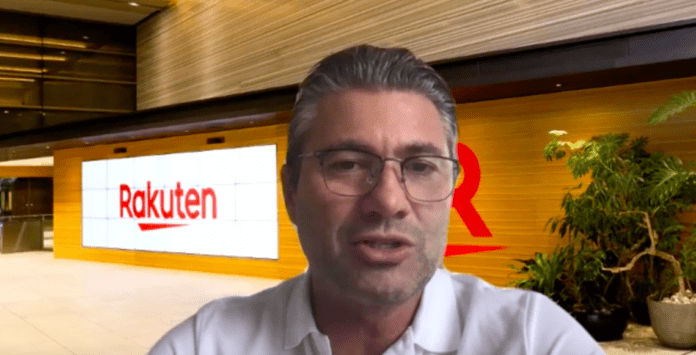As Open RAN technology — and one might venture, an open RAN mindset — becomes more intriguing for telecom companies around the world, some of the primary questions are around how the nascent Open RAN ecosystem develops and becomes not just a technology or a concept, but a real solution for network operators who have long chafed at being locked in to vendor hardware and software stacks. Becoming a viable, alternative network ecosystem means being able to perform at scale, with comparable or better performance than traditional systems, and for Open RAN to be not only an option for greenfield network builders and new market entrants, but telcos with multiple generations of legacy technology in their so-called “brownfield” networks.
Participants in RCR Wireless News’ inaugural Open RAN Forum virtual event spent the afternoon grappling with questions of scale, performance and integration in particular.
Tareq Amin, Rakuten Mobile CTO and chief architecture officer for Rakuten said that both automation and next-generation OSS are part of its strategy of reducing overall network total cost of ownership, by a minimum of 30-40%, with its Rakuten Communications Platform. He said that Rakuten wanted to not only prove the success of its Rakuten Communications Platform as a greenfield company itself, but hopes that its new partnership with Telefónica will prove that a large telco with a legacy network and the right mindset can also make successful use of the platform as a basis for innovation. But Rakuten Mobile is also looking beyond pure technology, to the role that partnerships will play. One such pillar of its strategy is the idea of procurement alliances, Amin said. He envisioned such an effort as several companies partnering in order to get equipment such as remote radio heads for mmWave, to lower the cost as well as to lower the barrier to entry for new vendors.
Asked about issues of integration for Open RAN, Amin responded that webscale cloud providers wouldn’t be asked about integration of their systems and that people need to focus on “the benefits and elegance of abstraction of the cloud infrastructure layer from the application layer. … I think in telecom, we are in the early stages of enabling the same concept” that cloud providers have already realized, he added, going on to say that he envisions a “cloud that doesn’t require integration.” Amin also said that in terms of network operations, what he has seen with Rakuten Mobile’s network gives him the strong sense that achieving “an autonomous network, in which my operations team doesn’t have to do a thing to run and manage this network, is within reach.”
Another recurring theme of the day was the need for partnerships — not just between global network operators, as Rakuten Mobile has been doing with Telefónica, Saudi Telecom Company and others as it seeks broader buy-in on its RCP, but a more collaborative and responsive relationship with other players across the Open RAN space, and with customers as well as with people across an operator’s operational teams.

